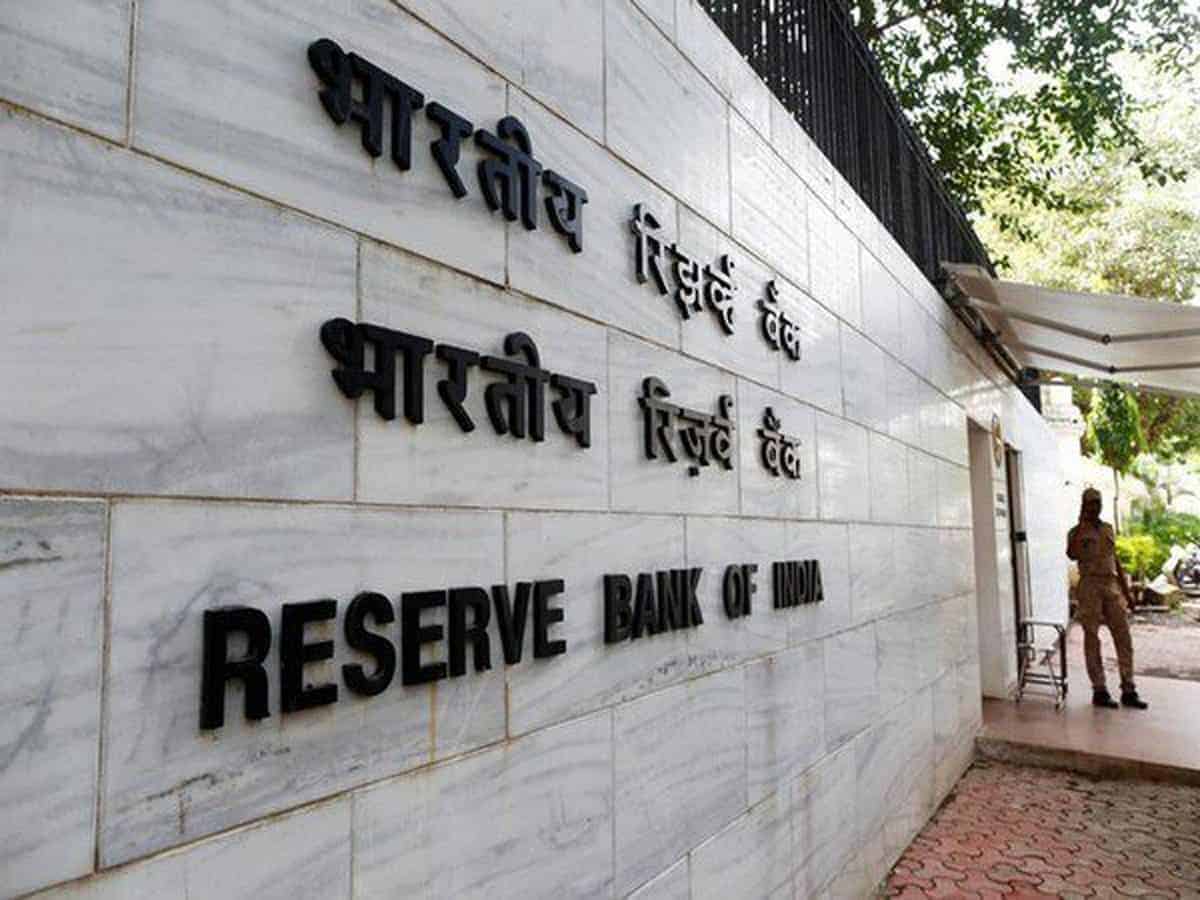Mumbai: The Reserve Bank of India (RBI) on Friday lowered the key repo rate by 75 basis points to 4.4 percent in a bid to arrest the economic slowdown amid coronavirus (COVID-19) outbreak.
The reverse repo rate now stands at 4 percent, down by 90 basis points, said RBI Governor Shaktikanta Das adding this has been done to make it unattractive for banks to passively deposit funds with the central bank and instead lend it to the productive sectors.
Monetary Policy Committee
The six-member monetary policy committee (MPC) met on March 24, 25 and 27 and voted 4:2 in favour of the repo rate reduction. The MPC also decided to continue with the accommodative stance as long as it is necessary to revive growth and mitigate the impact of COVID-19 on the economy while ensuring that inflation remains within the target.
“The need of the hour is to shield the economy from the pandemic,” said Das. “We need to mitigate the impact of coronavirus, revive economic growth and provide financial stability.”
What is Repo Rate?
Repo rate is the rate at which a country’s central bank lends money to commercial banks, and the reverse repo rate is the rate at which it borrows from them.
Economic growth, inflation
The RBI Governor further said that the economic growth and inflation projection will be highly contingent depending on the duration, spread and intensity of the pandemic.
“Global economic activity has come to a near standstill as COVID-19 related lockdowns and social distancing are imposed across a widening swathe of affected countries. Expectations of a shallow recovery in 2020 from 2019’s decade low in global growth have been dashed,” said Das.
“The outlook is now heavily contingent upon the intensity, spread and duration of the pandemic. There is a rising probability that large parts of the global economy will slip into recession,” he said.
RBI injects liquidity
However, the RBI has injected liquidity of Rs 2.8 lakh crore via various instruments equal to 1.4 percent of GDP. “Along with today’s measures, liquidity measures equal to 3.2 per cent of GDP. The RBI will take continuous measures to ensure liquidity in the system.”
Three-month moratorium on loans
The RBI governor has said that all banking institutions can offer a three-month moratorium on all loans for a period of three months. The RBI has also allowed banks to restructure the working capital cycle for companies without worrying that these will have to be classified as a non-performing asset (NPA).
The three-month moratorium will permit banks to avoid a large onset of NPAs during the 21-day lockdown and keep their books healthy.
Das said banks and other financial institutions should do all they can to keep credit flowing to economic agents facing financial stress on account of the isolation that the virus has imposed.
“Market participants should work with regulators like the RBI and the Securities and Exchange Board of India (SEBI) to ensure the orderly functioning of markets in their role of price discovery and financial intermediation,” he said.
Global economy may slip into recession
Raising grave concerns over the economic impact of the novel coronavirus pandemic, Das said that there is a high probability of parts of the global economy slipping into a recession.
Das noted that the global economic activity has come to a near standstill as COVID-19 related lockdowns and social distancing have been imposed across most countries.
“Expectations of a shallow recovery in 2020 from 2019’s decade low in global growth have been dashed,” Das said.
“The outlook is now heavily contingent upon the intensity, spread and duration of the pandemic. There is a rising probability that large parts of the global economy will slip into recession.”

